The Future is Human-Centred Design
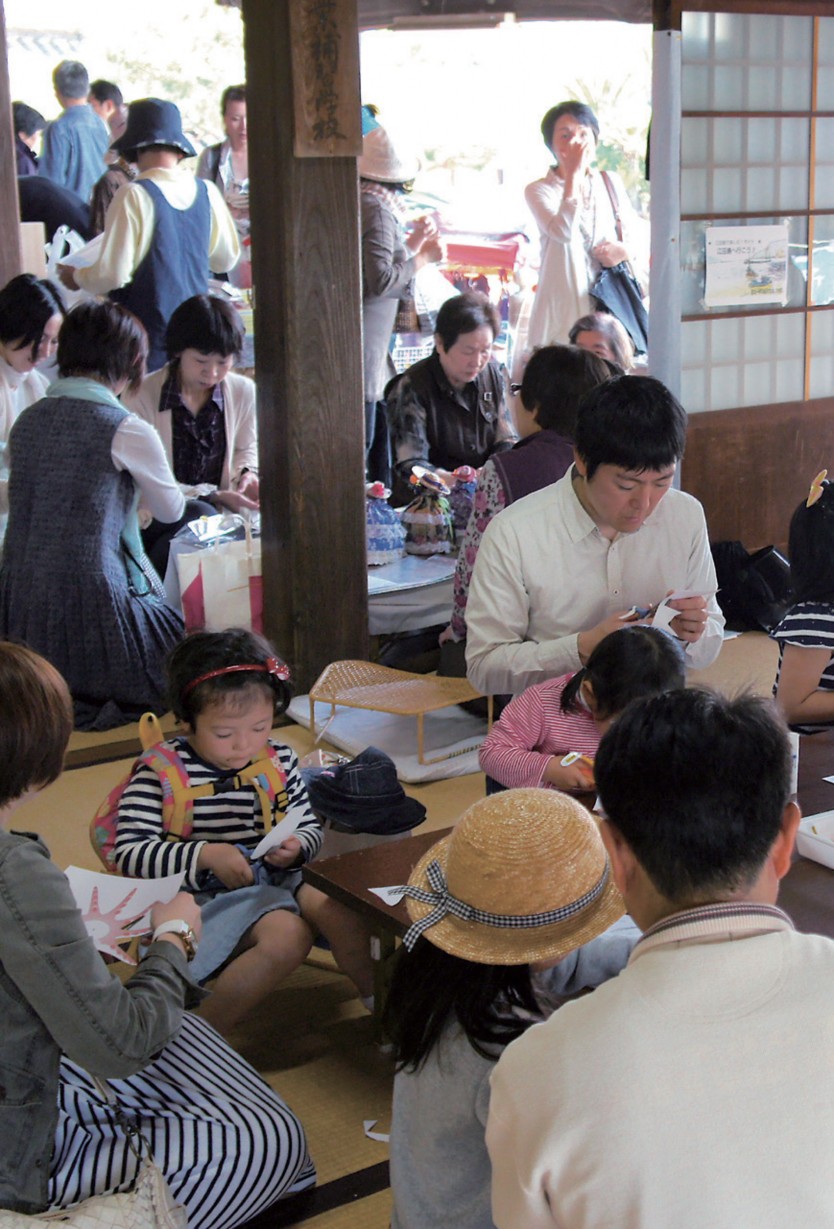
|
In the following three issues of SIGNED we will explore the changing nature of design, and the growing trend toward putting people as the locus, and the focus, of designing more livable and sustainable societies. Design, as an objective and as a profession, has been fundamental to the creation of our modern world; but evolution in design practice and technological progress have also, undeniably, contributed to exacerbating the problems we face as individuals and as a broader society. While the roots of contemporary design lie within pre- modern artisanal designer-craftsmen, we now live in a world where it is possible to press a button on a computer, download an open-source design and 3D print a product without even leaving our chair. Notwithstanding, Design’s founding principles of “form” and “function” remain timeless. However, it is also imperative that the practice of Design move with the times, and the evolving needs of individuals and the society at large. Now the watchwords for effective design are collaboration, connection, openness, replication, modularity and ubiquity. The critical task for designers in this complex new age is not so much the creation of a standalone product, whether physical or informational, as it is the designing of connections between people, products, and services. Like striking a light in the dark, it will be the work of designers, with their ability to make sense of available choices, strengthen connections, create new relationships, and spark ideas that will prove indispensable as we make our way in this complex and increasingly technologically-mediated world. In the coming three issues of SIGNED, we will explore the ways Design is adapting to the needs of societies and individuals. The central theme running through each issue is Human-centred Design, a philosophical stance that not only prioritises the needs of end-users, but includes them as part of the design process. Our starting point in Issue 1 is Social Design, a set of design principles used to empower those directly affected by political, economic and technological change, that is proving effective in tackling the challenges people face in their daily lives. Next, Issue 2 shines a light on the possibilities for improving society by applying Human-centred Product Design methodology; using technology and a consultative mindset to connect products and people in ways never before possible. Finally, Issue 3 looks to the future of Human-centred Service Design, where expectations of increased sophistication and ubiquity are placed on creating services to deal with the needs of life in fast-paced networked societies. Simply put, Human-centred Design is focused on improving peoples’ wellbeing and livelihoods and is based on the belief that designers can, and should, use good design to make positive contributions to society. Each of the three issues will focus on a distinct aspect of Human-centred Design, nurturing citizen designers, making better products and creating effective services. Albeit in different ways, each area highlights the potential for people-centred design methodologies to create a more humane and inclusive place for all. |
Others
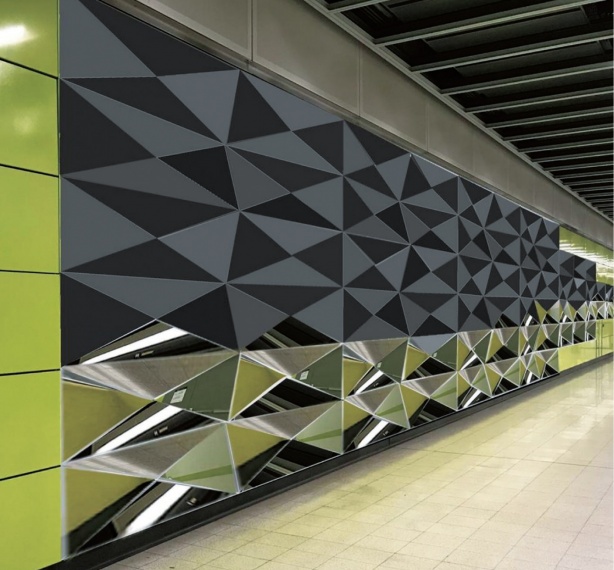
Latest News | 1 December 2019
HKDI x Art in MTR — “TKL_WE_IMAGINED” Exhibition

Latest News | 1 December 2019
Students from HKDI and MMU Joined the Global Design Camp
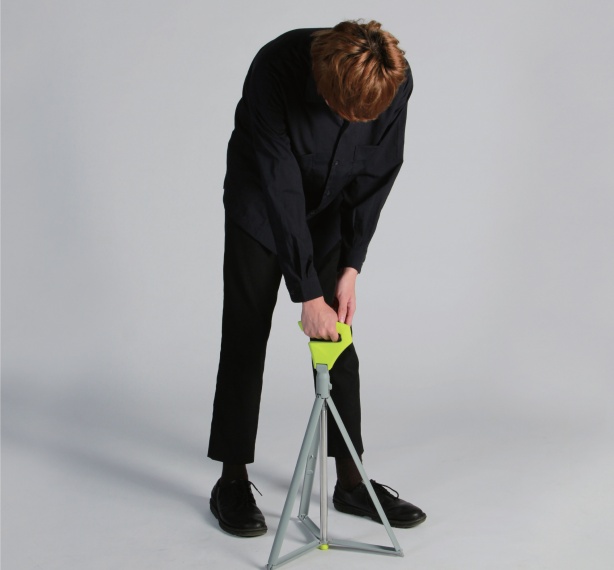
Latest News | 1 December 2019
DESIGN STUDENTS’ JOURNEY TO THE WORLD

Latest News | 1 December 2019
CREATING CITIZEN DESIGNERS

Latest News | 1 December 2019
COMMUNITY DESIGN IN JAPAN
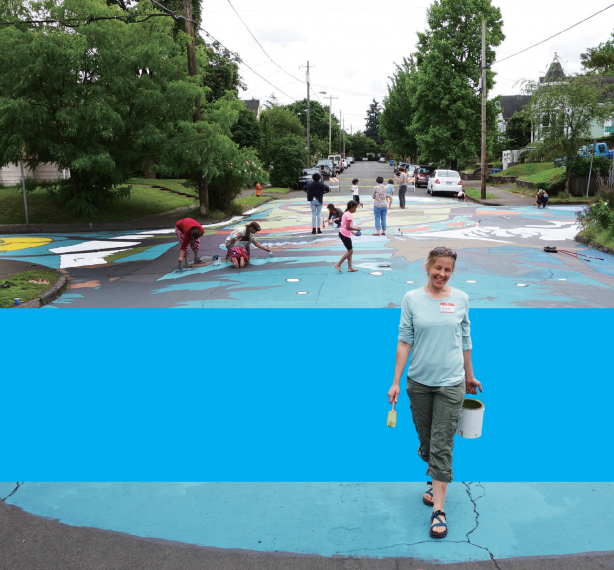
Latest News | 1 December 2019
CITY REPAIR — DESIGNING NEIGHBOURLY RELATIONS

Latest News | 1 December 2019
SOCIAL DESIGN X TECHNOLOGY — THE WAAG SOCIAL TECHNOLOGY ECOSYSTEM

Latest News | 1 December 2019
SOCIAL DESIGN — CREATING POSITIVE RELATIONSHIPS

Latest News | 1 December 2019
HOW DOES DESIGN INFLUENCE THE MODERN WORLD?
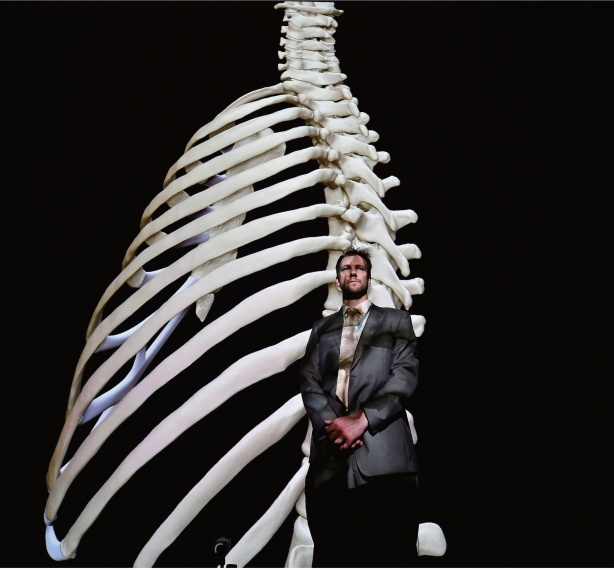
Latest News | 1 December 2019
Interview: Paul Chapman : Virtual Reality as a Tool to Integrate Sciences, Arts, and Technology

Latest News | 1 December 2019
Interview : Hernan Diaz Alonso : Embracing Multiplicity and Disorder in Today’s Architecture and design
